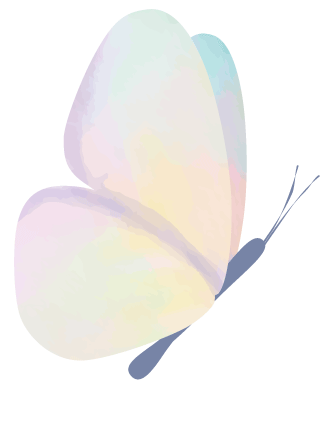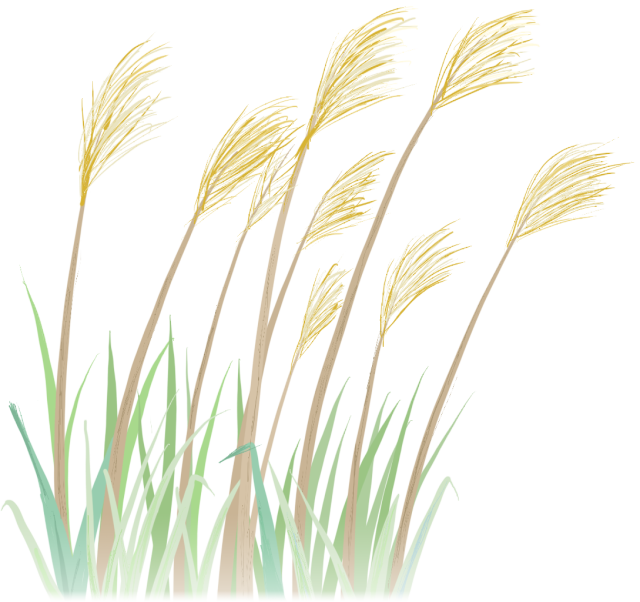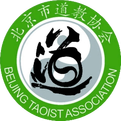
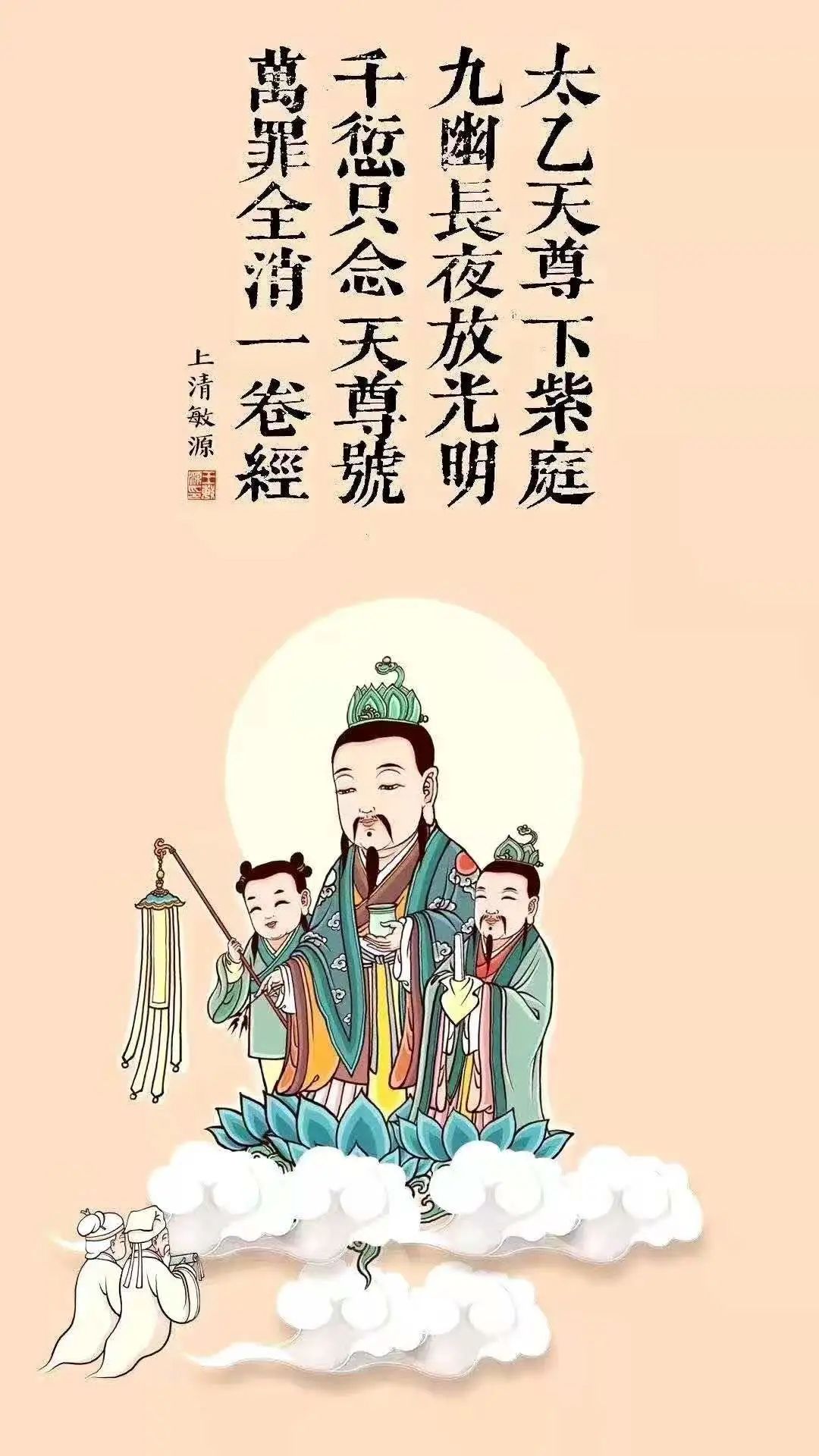
Question
Introduction to Daoism
Understanding Dao Yin
Answer
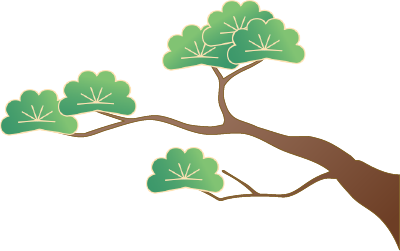
Question: What is ‘Dao Yin’?




Answer: ‘Dao’ refers to ‘guiding qi’ (气), harmonizing the flow of energy; ‘Yin’ refers to ‘guiding the body’, promoting flexibility. Dao Yin is an ancient Chinese practice that combines breathing exercises (导) and physical movements (引) for health cultivation. It is similar to modern health exercises but incorporates the regulation of qi. Dao Yin is based on the principle of “flowing water does not rot, and the door hinge does not decay”, advocating that the human body should engage in movement to aid digestion, promote joint mobility, enhance blood circulation, and achieve the goals of disease prevention and longevity.
The “Taishang Laojun’s Health Preservation Secrets” recorded in the Zhengtong Daozang includes the “Five Animal Play” (五禽戏), attributed to Hua Tuo teaching Wu Pu of Guangling. This set of Dao Yin techniques has been passed down through generations. Ming dynasty scholar Zhou Lujing improved it in his works “Chifeng Sui” and “Wanshou Xianshu”, reducing the difficulty of movements and integrating it with qi regulation, providing both textual explanations and illustrated diagrams. The Eastern Jin dynasty scholar Ge Hong recorded nine types of Dao Yin techniques in his work “Baopuzi: Miscellaneous Responses”, including “Dragon Guiding”, “Tiger Pulling”, “Bear Breathing”, “Turtle Swallowing”, “Swallow Flying”, “Snake Bending”, “Bird Stretching”, “Tiger Sitting”, and “Rabbit Startling”, but did not document specific methods. Liang dynasty scholar Tao Hongjing’s “Nourishing Life and Longevity Record: Dao Yin and Massage” recorded several massage techniques and provided specific descriptions of Dao Yin techniques such as “Wolf Crouching and Owl Watching” and “Five Animal Play”, along with an illustrated volume of “Dao Yin Health Preservation” (now lost). The famous Tang dynasty physician Sun Simiao recorded the “Tianzhu Country Massage Method” and “Laozi Massage Method” in his “Qianjin Yaofang”, although titled as massage, they are essentially Dao Yin. The “Laozi Massage Method” (49 techniques), “Tianzhu Country Massage Method” (18 techniques), and Sima Chengzhen’s “Essence of Breathing: Dao Yin” (17 techniques) were widely circulated in society at that time. The first two were also included by Ming scholar Gao Lian in his work “Zunsheng Bajian” under the section “Longevity and Disease Prevention”. During the Tang dynasty, a specialized book on Dao Yin, “Ta Qing Dao Yin Health Preservation Classic”, included various methods such as “Chisongzi’s Dao Yin Method”, “Ningfengzi’s Dao Yin Method”, “Frog Breathing Method” (combining qi regulation and Dao Yin), “Pengzu’s Lying Guiding Method”, “Wangziqiao’s Dao Yin Method”, and “Daolin’s Essentials of Dao Yin”, detailing specific practices, ranging from ten to several dozen techniques. In the Northern Song dynasty, Zhang Junfang’s “Yunji Qiqian” included the “Xuanjian Dao Yin Method”, which not only detailed the methods of thirteen techniques but also specified which techniques treat specific diseases. Song dynasty Daoist Pu Qianguan’s “Baosheng Yaolu” divided the practice into six sections, including “Nourishing Spirit and Qi” and “Adjusting Limbs”, proposing the “Small Labor Technique” of Dao Yin, which is simple and easy to perform, and has been highly regarded by later generations. Xu Zhenjun’s “Lingjianzi” contains “Dao Yin Techniques, Chapter Eight”, detailing sixteen techniques, specifying which organ each technique benefits and the appropriate seasons for practice. The various Dao Yin methods recorded in these texts represent a rich and diverse treasure trove of Dao Yin techniques in China. The “Eight Pieces of Brocade” (八段锦), which emerged around the end of the Northern Song dynasty, has also been widely practiced in society. Its verses (eight lines) were first recorded by Zeng Can in the late Northern Song to early Southern Song period in his work “Daosu”. Later, Xu Jingyang’s “Lingjianzi Yindao Ziwujiji” organized these verses into a more rhythmic and coherent eight lines. The “Ten Books on Cultivating Reality”, Volume 19, not only records the verses as thirty-six lines (with rhythm) but also details the specific practices of the eight segments, accompanied by illustrations for each segment, referred to as “Zhongli’s Eight Pieces of Brocade Method”. By the Qing dynasty, the “Yijinjing Tushuo: Appendix” further refined the verses from “Lingjianzi Yindao Ziwujiji”, making them more fluent and comprehensible. Moreover, this Eight Pieces of Brocade evolved into the Twelve Pieces of Brocade and Sixteen Pieces of Brocade in the early Ming dynasty, with records found in Ming Daoist Leng Qian’s “Essentials of Longevity” and several subsequent texts. This demonstrates the extensive influence and long-lasting legacy of the Eight Pieces of Brocade. Practical experience has proven that Dao Yin significantly enhances physical fitness and promotes health.
In 1972-1974, silk paintings unearthed from the Mawangdui Han tombs (early Western Han noble family burial site) are the earliest existing Dao Yin illustrations in the world.
(Image source: Huizhen Tang Wang Minyuan)

